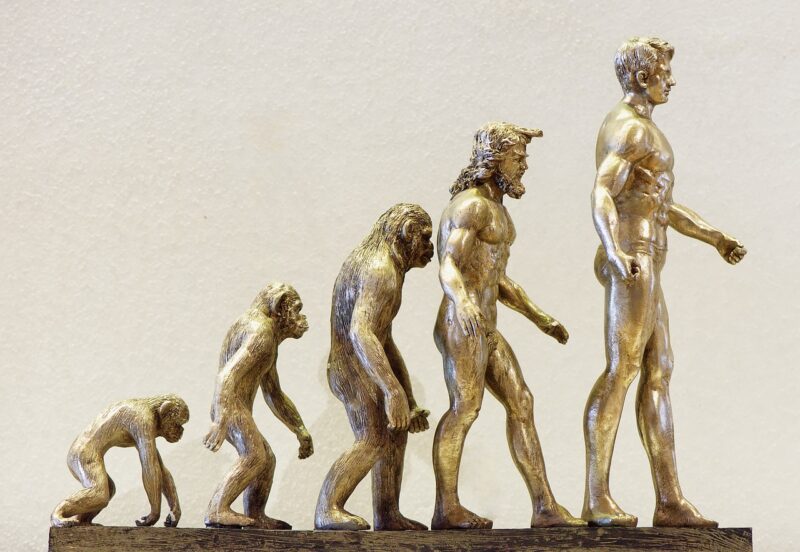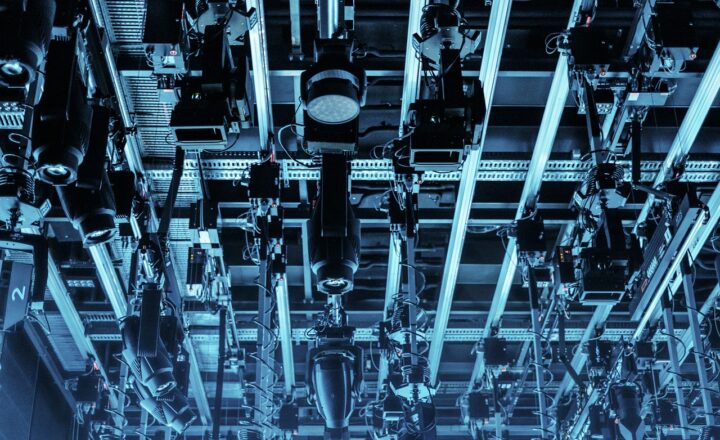From Biplanes to Drones: The Evolution of Aviation Through the Ages
November 18, 2024

Aviation has come a long way since the Wright brothers made their historic first flight in 1903. From early biplanes to modern drones, the evolution of aviation has not only changed the way we travel but has also transformed various industries and impacted global culture.
1. The Dawn of Aviation: Early Innovations
The journey of aviation began centuries before the Wright brothers, with dreams of human flight appearing in the imaginations of many inventors and dreamers.
– Leonardo da Vinci’s Designs: In the late 15th century, Leonardo da Vinci conceptualized various flying machines, including designs for a helicopter and a glider. Though never built in his lifetime, these designs were revolutionary ideas that showcased human imagination about flight.
– The Montgolfier Brothers: In the late 18th century, Joseph-Michel and Jacques-Étienne Montgolfier launched the first successful hot air balloon with passengers, marking a milestone in the quest for human flight. On September 19, 1783, they successfully carried animals aloft before their first human flight a few months later.
The technological advances in the 19th century, particularly in steam engines, laid the groundwork for further advancements that would soon follow.
2. The Birth of Powered Flight: The Wright Brothers
After years of experimentation and development, on December 17, 1903, Orville and Wilbur Wright achieved the first controlled, powered flight in history at Kitty Hawk, North Carolina. This flight lasted only 12 seconds but opened the door to modern aviation.
– Innovative Designs: The Wright brothers developed a three-axis control system that enabled pilots to steer the aircraft effectively. Their model, the Wright Flyer, was a biplane design, made of wood and fabric, and featured a wingspan of 40 feet.
This milestone inspired countless inventors and aviation pioneers, leading to a surge in enthusiasm for flight technologies.
3. The Golden Age of Aviation: 1910s to 1930s
The 1910s to 1930s are often referred to as the Golden Age of Aviation, a time when the public became increasingly fascinated with air travel, and numerous technological advancements took place.
– Biplanes and Triplanes: Airplanes like the Sopwith Camel and the Fokker Dr.I became iconic for their roles in World War I. They were primarily biplanes or triplanes, known for their agility and speed in dogfights.
– Long-Range Flights: Aviators like Charles Lindbergh captivated the world in 1927 with his flight from New York to Paris. This achievement showcased the potential of aviation for long-distance travel and international connections.
– Commercial Aviation: The demand for air travel soared during this period, leading to the establishment of several airlines and the introduction of passenger flights in the late 1930s. The Douglas DC-3 is recognized as one of the first airliners, revolutionizing commercial aviation with its speed, safety, and passenger comfort.
4. The Jet Age: 1940s to 1970s
With the advent of World War II, aviation took monumental leaps forward with the development of jet engines, drastically reshaping the landscape of air travel.
– Military Advancements: Jet-powered aircraft like the Messerschmitt Me 262 and the British Gloster Meteor revolutionized fighter jets and speed capabilities. Military advancements in aviation also accelerated aviation technology, leading to innovation in cockpit design, navigation systems, and materials.
– Commercial Jetliners: The iconic Boeing 707 made its first commercial flight in 1958, cementing the Jet Age and ushering a new era of commercial aviation with faster and more efficient travel. The 707 opened up international travel like never before, connecting cultures and economies across the globe.
– Supersonic Travel: The Concorde, introduced in the 1970s, allowed passengers to fly faster than the speed of sound, reducing transatlantic flight times. Although it was retired in 2003, it represented the peak of commercial aircraft speed and luxury.
5. Modern Aviation: The Era of Technology and Innovation
The late 20th century and early 21st century have brought incredible advancements in aviation technology, increasing efficiency, safety, and sustainability.
– Advanced Materials and Designs: The introduction of composite materials like carbon fiber and advanced aerodynamics has resulted in lighter and more fuel-efficient aircraft, such as the Boeing 787 Dreamliner and Airbus A350.
– Flight Safety Innovations: Enhancements in avionics and safety systems, including fly-by-wire technology and advanced autopilot systems, have made flying safer than ever before.
– Sustainability in Aviation: Modern aviation is increasingly focused on sustainability, with research aimed at reducing emissions and using biofuels. Airlines are implementing more efficient flight operations and investing in greener technology.
6. The Rise of Drones: A New Frontier in Aviation
Now, we stand at the forefront of a new era in aviation: the rise of drones, which have transformed not only recreation but also commercial applications in numerous industries.
– Drones in Delivery and Logistics: Companies like Amazon and UPS are exploring drone technology for package delivery. While still in development, drone delivery has the potential to revolutionize the logistics sector with increased speed and efficiency.
– Drones in Agriculture: Drones equipped with advanced sensors can monitor crops and gather data, ensuring better yield and precision agriculture, thus making farming more efficient.
– Emergency Services: Drones are now being used for search and rescue missions, assessing disaster-stricken areas, and delivering medical supplies to remote locations, showcasing their transformative impact on emergency response.
These advancements mark a significant change in the aviation landscape, as drones continue to evolve and expand their capabilities.
Conclusion: A Journey Through Time
The evolution of aviation is a remarkable journey through time that reflects human innovation, resilience, and ingenuity. From the humble beginnings of human flight to the sophisticated drones of today, each stage of development has set the foundation for future advancements in air travel and technology.
As we look toward the future of aviation, it is exciting to imagine what innovations await. With new technologies on the horizon, including electric aircraft and autonomous flight, the future of aviation continues to take shape, demonstrating our undying fascination with the skies above. This journey emphasizes how far we’ve come and how much further we can still go.








